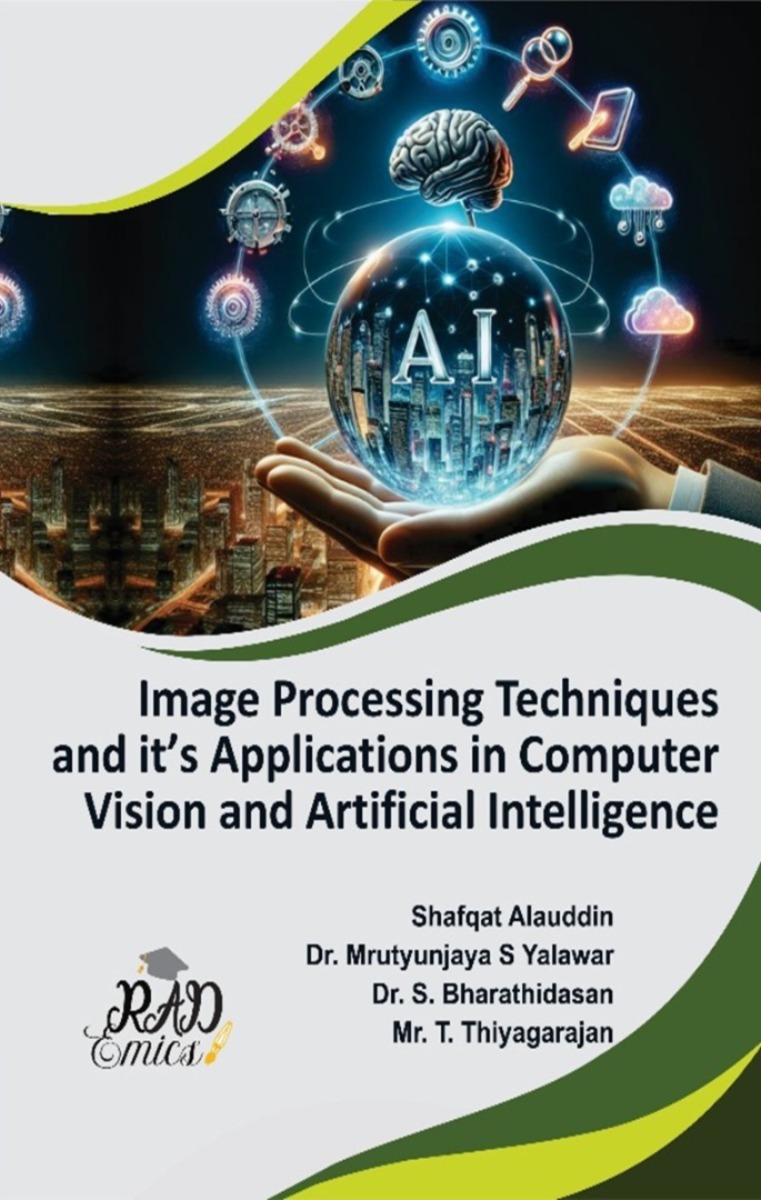
Peer Reviewed Chapter
Chapter Name : Advanced Feature Extraction Techniques Using Local Binary Patterns Histogram of Oriented Gradients and SIFT
Author Name : Surbhi Khare, Gobhinath S
Copyright: © 2024 | Pages: 27
DOI: 10.71443/9788197933660-03
Received: 09/05/2024 Accepted: 08/07/2024 Published: 30/10/2024
Abstract
This book chapter provides an in-depth exploration of advanced feature extraction techniques utilized in computer vision, specifically focusing on Local Binary Patterns (LBP), Histogram of Oriented Gradients (HOG), and Scale-Invariant Feature Transform (SIFT). These techniques serve as foundational tools for various applications, including image recognition, object detection, and scene understanding. A comparative analysis highlights the strengths and limitations of each method, addressing key challenges such as computational efficiency, illumination invariance, and robustness to noise. Recent advancements and modifications to LBP and HOG are examined, showcasing enhancements that improve their performance in real-world scenarios. Additionally, the chapter discusses the role of hybrid approaches, emphasizing the potential of integrating multiple techniques to achieve superior feature extraction outcomes. This comprehensive evaluation aims to bridge the existing research gap, guiding future investigations into more effective and efficient methodologies. The findings underscore the importance of selecting appropriate feature extraction methods tailored to specific application requirements, ultimately contributing to the advancement of computer vision technologies.
Introduction
The rapid advancement of computer vision technologies has necessitated the development of robust feature extraction techniques capable of processing and analyzing vast amounts of visual data [1]. Feature extraction serves as a crucial step in various applications, including image recognition, object detection, and scene understanding [2]. It involves identifying and quantifying relevant patterns within images, facilitating the efficient classification and interpretation of visual information [3]. Among the diverse methods available, Local Binary Patterns (LBP), Histogram of Oriented Gradients (HOG), and Scale-Invariant Feature Transform (SIFT) have emerged as prominent techniques, each offering unique strengths and applicability in different domains [4-7].
LBP was renowned for its effectiveness in texture classification tasks [8]. By analyzing the spatial arrangement of pixel intensities in a local neighborhood, LBP generates a binary code that succinctly captures texture information [9]. This computationally efficient method was particularly beneficial in scenarios where real-time processing was essential, such as in facial recognition systems and medical imaging analysis [10,11]. However, while LBP demonstrates impressive performance in texture-based applications, its sensitivity to noise and changes in illumination can pose challenges, prompting ongoing research to enhance its robustness [12,13].